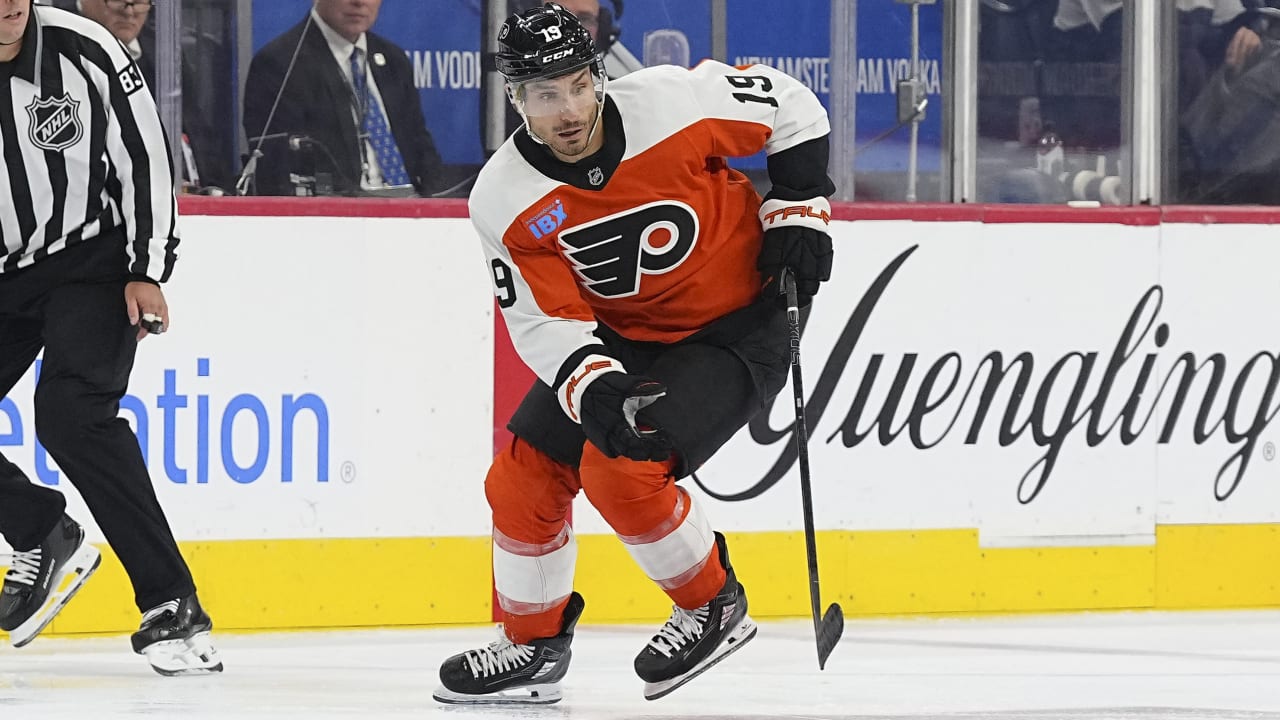Garnet Hathaway Fined for Elbowing Incident: A Closer Look
In a recent development from the NHL, Philadelphia Flyers forward Garnet Hathaway has been handed a fine of $5,000, the maximum allowable under the Collective Bargaining Agreement. This decision comes in response to an incident involving Minnesota Wild forward Joel Eriksson Ek during NHL Game No. 123, which took place in Philadelphia on Saturday, October 26. The National Hockey League’s Department of Player Safety made the announcement, shedding light on the league’s commitment to maintaining player safety and discipline.
The Incident: What Happened?
The controversial moment unfolded at 1:38 of the second period when Hathaway delivered an elbow to Eriksson Ek. The action was deemed aggressive and unnecessary, prompting officials to assess Hathaway with a minor penalty for roughing. Such penalties are not uncommon in the fast-paced world of hockey, where emotions run high and physicality is part of the game. However, the league has been increasingly vigilant about penalizing actions that could lead to serious injuries, especially those involving head contact.
Understanding the Fine
The fine of $5,000 is significant, as it represents the maximum penalty that can be imposed under the NHL’s Collective Bargaining Agreement. This agreement outlines the rules and regulations governing player conduct and disciplinary actions. The funds collected from such fines are directed to the Players’ Emergency Assistance Fund, which provides support to players in need, whether due to injury or other unforeseen circumstances. This aspect of the fine underscores the NHL’s commitment not only to player safety but also to the welfare of its athletes.
The Role of the Department of Player Safety
The NHL’s Department of Player Safety plays a crucial role in monitoring player conduct and enforcing the league’s rules. Their responsibilities include reviewing incidents that occur during games, determining whether disciplinary action is warranted, and communicating their findings to the public. In Hathaway’s case, the department’s swift action reflects their ongoing efforts to curb dangerous plays and promote a safer playing environment for all athletes.
Player Reactions and League Implications
Reactions to Hathaway’s fine have varied among players, fans, and analysts. Some argue that the fine is a necessary step in discouraging reckless behavior on the ice, while others believe that the punishment may not be severe enough to deter similar actions in the future. The NHL has faced scrutiny in the past regarding its handling of player safety, and incidents like this one continue to fuel discussions about how best to protect players while maintaining the physical nature of the sport.
The Bigger Picture: Player Safety in the NHL
The issue of player safety has become increasingly prominent in the NHL, especially in light of growing awareness about concussions and long-term health effects associated with head injuries. The league has implemented various measures over the years, including stricter penalties for hits to the head and enhanced protocols for assessing player injuries during games. Hathaway’s fine serves as a reminder of the ongoing challenges the league faces in balancing the competitive spirit of hockey with the need to protect its players.
Looking Ahead
As the NHL season progresses, it will be interesting to see how the league continues to address player safety and discipline. Hathaway’s incident is just one of many that highlight the complexities of enforcing rules in a sport known for its intensity and physicality. Fans and players alike will be watching closely to see how the league responds to similar situations in the future and whether further changes to the rules or penalties are on the horizon.
In the world of professional hockey, every game is a new opportunity for players to showcase their skills, but it also comes with the responsibility of ensuring that the game remains safe for everyone involved.
